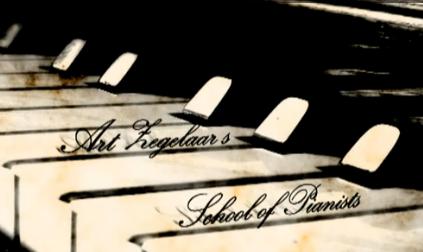Sonata Opus 14
Beethoven continues to honour Joseph Haydn in these two Sonatas. To such an extend that the first of the two sonatas was reworked to a String Quartet, a form which was invented by Joseph Haydn. To hear this sonata played by a quartet of String instruments you can go to this link:
http://www.classicalarchives.com/work/43432.html
Andreas Schiff in his lecture on Beethoven Sonatas discusses these two sonatas together with Opus 49 and Opus 22. This would rank these sonatas as the easier piano sonatas by Beethoven. But - as an expert - Adreas Schiff knows there is no easy music and for that reason assumes they are actually quite hard to play and interpret.
The sonata was very popular in his days, because it was suitable for intermediate advanced pianists and Beethoven still at this stage writes for this audience.
The texture though is extremely suitable for a quartet and Beethoven might even have had this in mind from the start.
The second movement is a lively but very tragic minuet in E-minor, the trio being bright and cheerful. Beethoven is experimenting with lots of things and meanings here turning the minuet and trio upside down.
And enjoy the rondo, whilst Beethoven still writes them! Mostly with Beethoven Rondos he will deviate to sonata form.
After the second presentation of the theme he will go to minor and this bit is extremely fun to play and listen to:

After this he will present the theme in minor also and play around a bit with the rhythm of the theme, which might have brought him to the idea for Sonata number 2 of this Opus. Experiment with rhythm!
Definitely the most interesting of the two this sonata is a constant trick and play with rhythm. Charles Rosen says of this sonata that the performer should not even try to emphasise the shift in rhythm. But equally misguided would be for the pianist to put his/her weight on the first 'G' in the left hand, which 9 out of 10 will do. And after all Beethoven did write an accent on the first note of the bar, even if it is not a Beethoven sf.
Again, everything in this sonata shouts Joseph Haydn. the 2/4, the rhythmic tid bits and demi-semi quavers.
Many reminders to the first of these two sonatas also Beethoven continues to build on what he has done before, although this 2nd sonata is not at all suitable for a quartet.
And then my favourite! Cabaret! Beethoven really has done it all. This is pure stage humour!
This movement features in my mind in a stage show, where Beethoven entirely disillusioned with the Europe of his days decides to put his deeds where his mouth is and to emigrate to New Zealand. He only did not quite anticipate the response - like the British in his days thought of his music as being barbaric - of the locals he would solicit, who would think it their duty to eradicate all Germanism in Beethoven's conduct and music and to remind him of the fact that the definite standard was already set by Purcell. Poor man!
And again enjoy it: a Rondo! But only because after the 2nd movement in traditional variation form you would expect a minuet, but Beethoven now decides to combine Scherzo and Rondo into one movement. When will you go back to four movements again Mr. Beethoven?
Can rhythm be more Joseph Haydn as presented here?
Again listen to Daniel Barenboim...
http://www.youtube.com/watch?v=fPsDwKAWN4U






